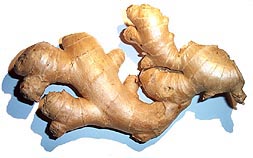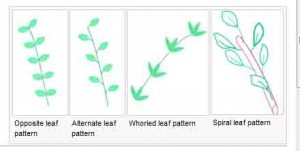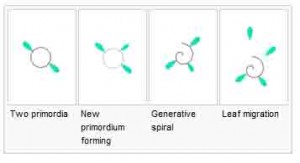Last friday we had a lecture by Annette Balkema discussing a text from 'Negotiations 1972…
Rhizomes and Phyllotaxis
 Reading about Deleuze and his ideas about research finding it’s way like a rhizome made me look up Dutch artist Sjoerd Buisman, I had one of his works named ‘Rhizome’ in mind. I checked and it is a litho that he made, see picture on the left. I like his Phyllotaxis series a lot as well. It’s the almost mathematical representation of natural growth that appeals to me.
Reading about Deleuze and his ideas about research finding it’s way like a rhizome made me look up Dutch artist Sjoerd Buisman, I had one of his works named ‘Rhizome’ in mind. I checked and it is a litho that he made, see picture on the left. I like his Phyllotaxis series a lot as well. It’s the almost mathematical representation of natural growth that appeals to me.
Definitions: Wiki: In botany, a rhizome (from Greek: ῥίζωμα “rootstalk”) is a characteristically horizontal stem of a plant that is usually found underground, often sending out roots and shoots from its nodes. Rhizomes may also be referred to as creeping rootstalks, or rootstocks.
Wiki: Gilles Deleuze and Félix Guattari used the term “rhizome” to describe theory and research that allows for multiple, non-hierarchical entry and exit points in data representation and interpretation. In A Thousand Plateaus, they opposed it to an arborescent conception of knowledge, which worked with dualist categories and binary choices. A rhizome works with horizontal and trans-species connections, while an arborescent model works with vertical and linear connections. Their use of the “orchid and the wasp” was taken from the biological concept of mutualism, in which two different species interact together to form a multiplicity (i.e. a unity that is multiple in itself). Horizontal gene transfer would also be a good illustration
.
Wiki: In botany, phyllotaxis or phyllotaxy is the arrangement of the leaves on the stem of a plant. 
| « The problem of organisation | <-- previous post | next post --> | Mental maps: Recording, retaining, retrieving … » |
|---|









